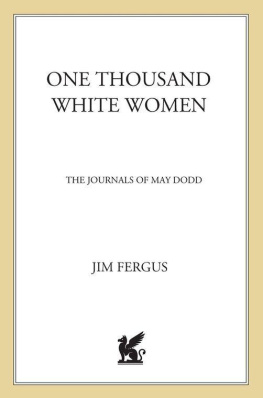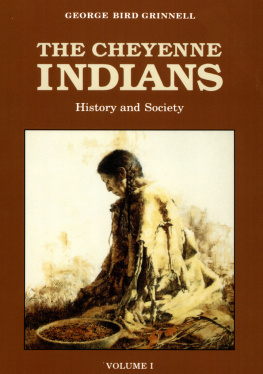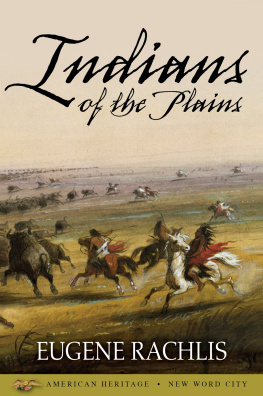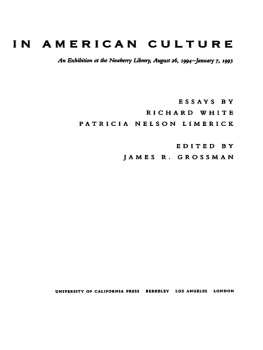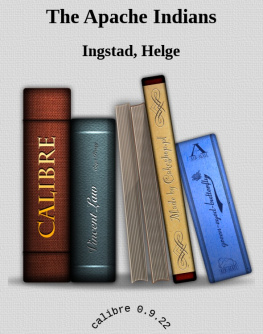Writing careers in general, and the writing of novels in particular, can be accurately, if somewhat unromantically, likened to rolling large boulders uphill. Sometimes the writer needs a little help, and if were very lucky, people come along at opportune moments and not only offer a word of encouragement, but actually put their shoulder to the boulder and help us to move it forward. I have been that lucky, and owe thanks to many peoplefriends, family, and colleaguesfor the existence of this book. So special and grateful thanks to all of the following:
To Barney Downhill, without whose faith and generosity I couldnt have been a writer. To my agent Al Zuckerman, the quintessential pro, whose unfailing instincts culled this story out of the rockpile. To my editor, Jennifer Enderlin, for her constant enthusiasm for this project, her hard work, good cheer, and impeccable editorial judgment. To Laton McCartney, for years of wise council and boundless optimism. To Jon Williams, whose early turn at this particular boulder encouraged me to continue pushing. To Bob Wallace, who gave me my first magazine assignment almost twenty years ago, and, remarkably, stepped back into my professional life once again as editor in chief just in time to oversee this much-belated first novel. To Bonny Hawley and Douglas Tate, for invaluable insights and information on British place, name, and character. To Laurie Morrow, for her precise womans perspective on the subject of romantic attraction. To Rev. Rolland W. Hoverstock, for critical information about the Episcopal church and ceremonies circa 1875. To Sister Thrse de la Valdne, for providing always cherished retreats at Dogwood Farms, and to Guy de la Valdne, for wonderful dinners and a large vote of confidence when it was most needed. Finally, thanks to Dillon for cheerfully occupying over the past fifteen years the nearly always thankless role of writers spouse.
While the author acknowledges the help and support of all of the above people in the creation of this novel, he accepts full responsibilities for any of its shortcomings.
Five percent of the authors royalties earned on the sale of One Thousand White Women will be donated to the St. Labre Indian School, Ashland, Montana 59004.
by J. Will Dodd
As a child growing up in Chicago, I used to scare my kid brother, Jimmy, silly at night telling him stories about our mad ancestor, May Dodd, who lived in an insane asylum and ran off to live with Indiansat least that was the fertile, if somewhat vague, raw material of secret family legend.
We lived on Lake Shore Drive and our family was still quite wealthy in those days, descendants of old moneya fortune and a dynasty begun by our great-great-grandfather, J. Hamilton Dodd, who as a young man in the mid-nineteenth century began plowing up the vast Midwestern prairies around Chicago in order to cultivate grain in what was some of the most fertile farmland in the world. Papa, as he is still known by his descendants, was one of the original founders of the Chicago Board of Trade; he was friend, crony, business partner, and competitor, as the case might be, of all the most prominent entrepreneurs in that booming Midwestern metropolisamong them Cyrus McCormick, inventor of the reaper, Philip Armour and Gustavus Swift, the famous pork and beef packers, and the brothers Charles and Nathan Mears, lumbermen who bought up and single-handedly destroyed the great old-growth white pine forests of Michigan.
No one in our family spoke much about my great-grandmother May Dodd. Among the wealthy, ancestral insanity has always been a source of deep-rooted embarrassment. Even these many generations later, when the razor-sharp robber-baron genes have been largely blunted by line-breeding and soft country-club living, by boarding school and Ivy League educations, even now no one in our social milieu likes to admit to being directly descended from a crazy woman. In the heavily edited official family history, May Dodd remains little more than a footnote: Born March 23, 1850 second daughter of J. Hamilton and Hortense Dodd. Hospitalized at age 23 for a nervous disorder. Died in hospital, February 17, 1876. Thats it.
But even old-money taciturnityfor which there is no competition on earthand the equally unparalleled ability of the rich to keep dark secrets, could not completely obscure the whispered rumors that trickled down through the generations that May Dodd had actually died under somewhat mysterious circumstancesnot in the hospital as officially stated, but somewhere out West. This was the story that fueled my and my brother Jimmys imaginations.
By the time I was a junior in college, our father had squandered most of the family fortune, which had by then already been vastly diluted by a couple of generations of unproductive heirswhat people used to call wastrels. Pop finished it off with a series of bad investments in Chicago commercial real estate just when that market was collapsing, and then he managed to break a trust and drink away the last bit of money that was to pay for his sons higher education. Partly as a result of this Jimmy got draftedwhich was almost unheard of in our circlesand sent to Vietnam, where he was killed when he stepped on a land mine in a rice paddy in the Mekong Delta. Less than six months later, Pop drank himself to death.
I was luckier than my brother and managed to stay in college, drew a high lottery number, and graduated with a degree in journalism, armed with which I eventually became the editor in chief of the city magazine Chitown .
It was while researching a piece for the magazine about the old scions of Chicago that I happened to come again across May Dodds name. I remembered the tales that I used to tell Jimmy, and I wondered where I had first heard the rumor that she had gone out West to live with Indianswhich in our family had become a kind of euphemism for insanity.
I started poking around in the family archives, casually at first, then with greater and greater interestsome might even say obsession. One letter, reportedly written by May Dodd from inside the asylum to her children, Hortense and William, who were just infants at the time of her incarceration, had survived. Source of both the old family rumor, as well as proof positive of how crazy May really was, this letter was for me the beginning of a long, strange journey.
I took a leave of absence from my job at the magazine in order to devote myself full-time to following the convoluted trail of May Dodds life. My research led me eventually to the Tongue River Indian reservation in south-eastern Montana. It was here, armed with my family letter as proof of my ancestry, that I was finally granted access to the following journals, which have remained among the Cheyennesa sacred tribal treasure for well over a hundred years. I need hardly add that the tale they tell of U.S. government intrigue cum social experiment has also remained one of the best-kept secrets in Western American history.
The following prologue to the journals briefly describes the historical events that led to May Dodds story, and is based on several sources, including newspaper accounts of the time, the Congressional Record , the Annual Report to the Commissioner of Indian Affairs , correspondence from the files of the Adjutant Generals Office in the National Archives in Washington, D.C., as well as various materials available in Chicagos Newberry Library. The Indian point of view pertaining to Little Wolfs visit to Washington in 1874, and the subsequent chain of events is based on Northern Cheyenne oral history recounted to me by Harold Wild Plums in Lame Elk, Montana, in October 1996.

